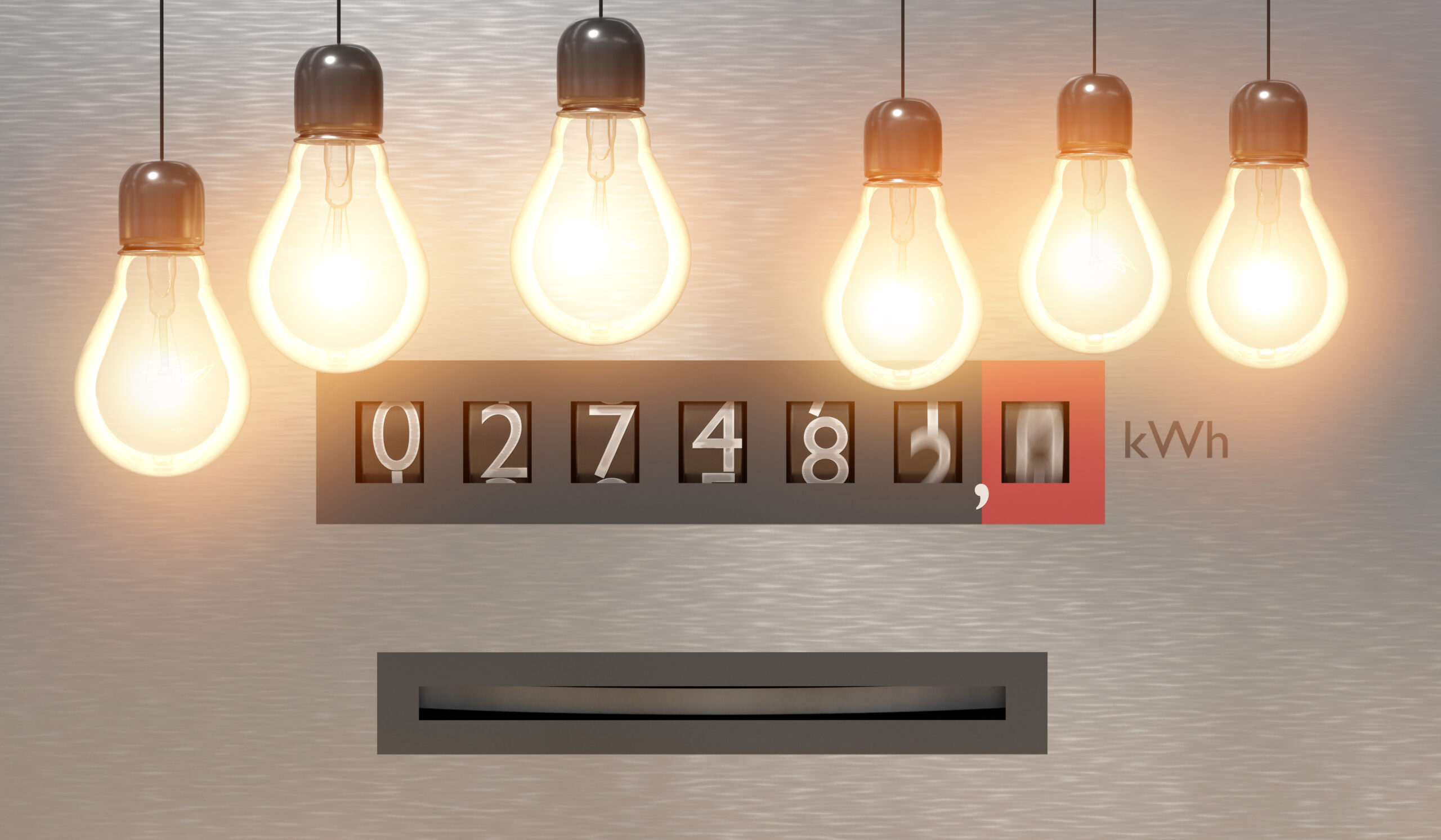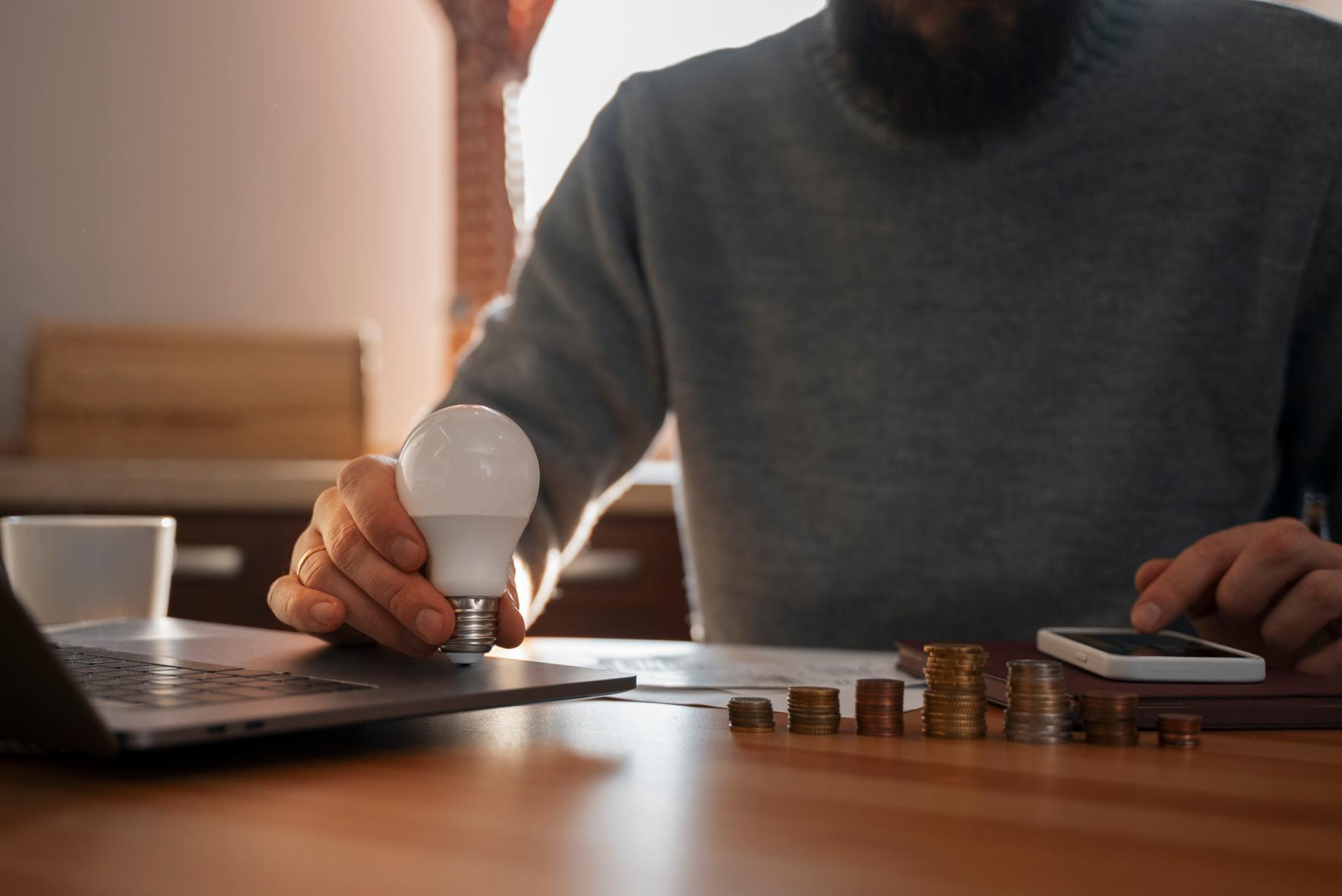There’s no doubt that the cost of electricity in Australia is rising. Knowing the average cost of electricity in Australia is a great way to find out if you are paying the right amount.
A report by the ACCC shows that average cost per kilowatt hour australia depends on several factors, including the time of day you use electricity, which appliances you use and your geographic location, including which city and state.
The average electricity bill in Australia varies based on the type of plan you have and the tariff (or pricing structure). The average price of electricity in Australia per kwh is different at peak times and off-peak times in certain plans. Furthermore, energy retailers often provide a different electricity cost per kwh by state australia, depending on the network available in the region and the expenses incurred in delivering electricity to that area.
With all these variables, it’s important to compare energy plans to make sure you are getting the best deal for your home.
This page will discuss the price of electricity in Australia, as well as a comparison to the rest of the world.
On this page:
- Electricity average cost per kWh Australia
- Average electricity bill per month
- Average price for electricity
- How to reduce the cost of electricity per kWh on your bill
- Electricity cost Australia and the world
- Next steps: cut your electricity bill TODAY
Electricity Average Post Per kWh Australia

When it comes to the average electricity bill Australia per month, there are several factors involved, including the average electricity usage Australia and the appliances you use daily. Because everyone’s usage amounts vary, it is more useful to look at the average price of electricity in Australia per kWh to understand the different factors affecting your bill.
Average electricity bill per month
Each of the factors that determine the average cost per kilowatt hour in australia is discussed below.
- Peak rates – this is the cost of electricity used during the busiest time of the day, before any discounts or special offers are applied.
- Off-peak rates – this is the cost of electricity used during the times of the day with the lowest demand. It is significantly lower than peak rates, but you must have a smart meter and be signed up to a Time of Use (ToU) plan to unlock these rates. The cost per kWh electricity on an off-peak tariff can be almost half that of the cost during peak times.
- Controlled load tariffs – this is the average cost per kilowatt hour in australia for heavy use appliances that are separately metered, such as swimming pools or hot water systems.
- Solar feed in tariffs (FiT) – for residents with solar panels installed, the average electricity bill in Australia is lower as they are paid a FiT for excess energy they produce. The amount you are paid is used on your bill to offset the cost per kWh electricity you need to pay.
- Demand charges – these charges relate to the increased average electricity price per kwh australia when demand peaks, putting a strain on the supply network and pushing prices up. This is common during extremely hot or cold months, or when a lot of people were working from home during the pandemic.
- Network region – the National Electricity Market (NEM) consists of many regions, each managed by a different distributor, or distributors. The distribution costs make up a significant portion of the average electricity bill Australia per month.
In Australia average electricity bills are made up of a combination of each of the factors above, plus a renewable energy surcharge in some distribution areas. The actual amount paid depends on the average electricity usage Australia in each of these rate categories.
Find out if you are paying more than the average bill here: Are you paying more than the average electricity bill?
With this knowledge of how the average electricity price per kWh Australia is calculated, you can start to take control of your bill. Try to use more energy in off-peak times, on a controlled load or through your solar panels and your bill will be significantly reduced.

Average price for electricity
The table show the cost of electricity per kwh on the standing offers from our panel of preferred providers for residential customers in Victoria in April 2023. Remember, the actual electricity cost per kWh you pay will depend on the tariff you choose.
|
Provider |
Cost per kwh electricity (cents) |
|
Energy Australia rates per kWh |
21.69992 |
|
23.32 |
|
|
ActewAGL (Canberra customers) |
27.682 |
|
21.7 |
|
| Tango Energy |
21.065 |
As the table shows, Energy Australia rates per kWh are the lowest, however, to find the cheap plan for your home you also need to consider the daily supply charge, the rates for different tariffs that are relevant to you and any special offers or bundles available.
How to reduce the cost of electricity per kWh on your bill
The electricity price per kWh on your bill depends on the provider and tariff that you choose. TO find the cheap cost of electricity per kWh you need to compare plans from several different retailers to find the option that is best suited to your specific energy needs.
Talk to an expert at CheapBills who can do all the ahrd work for you and find the perfect match from our panel of Australia’s top energy providers.
Electricity cost Australia and the world
Unfortunately, the past year has seen a spike in household electricity bills, both in Australia and around the globe. Combined with the average electricity usage in Australia climbing during the winter months, and it’s the perfect storm for record high prices.
There are several global issues that have put pressure on the electricity cost Australia:
- Cost of coal – the war in Ukraine has put a global pressure on the supply of coal due to the sanctions placed on Russian exports.
- Transport disruptions – COVID-19 cause global transport issues for energy and in combination with the bushfires and floods in Australia, average electricity bills have been forced upwards.
- Supply shortages – as we transition to a renewable future, several large coal-fired power plants have been clost, leaving a gap in the market.
- Renewable energy schemes – both the federal and state governments are implementing renewable energy schemes. While this will provide cheaper, more reliable energy in the long-term, it means that subsidies are added to our bills in the short-term, further adding to the cost of energy.
When you review the cost per kWh by state in Australia, you will see that the ACT and SA have additional charges on their bill for renewable energy schemes, compared to the average electricity cost Australia.
The annual performance report issued by the Essential Service Commission of South Asia shows that South Australian consumers pay up to $168 annually to fund green energy initiatives. This appropriation includes the funding for solar panels and giveaways. The initiative is to generate electricity for the grid and stimulate alternative energy resources.
Furthermore, this report also demonstrated the rise in average electricity household bills in South Australia from $1165 to $1980. These are the figures for the past three years only. Also, the disconnection of residential electricity supply has also increased dramatically.
When comparing electricity plans to the rest of the world, Australians are paying relatively more for energy than many other countries. In comparison with European countries, the rates of residential electricity in South Australia, Victoria, Queensland, and New South Wales are valued poorly.

The Australian Energy Market Consumption found that the average annual electricity bill in 2021 was up to $100 more in comparison to the previous year and in 2022, this increase is set to be even greater.
This is compared to 2020, pre-pandemic, when prices were stable and cheap electricity and gas could be accessed in all states.
There is much more required from the Australian government to provide affordable energy to consumers during the current energy crisis. Some states have introduced bill relief packages, such as the $250 power saving bonus from the Victorian government, which has been expanded to all residents of the state.
Next steps: cut your electricity price per kWh TODAY
If you are feeling the strain of Australia’s record-high energy prices, there are ways you can save on your home’s electricity cost per kWh. Talk to one of the experts at CheapBills to find the best plans to suit your unique needs. We can recommend a tariff to match your energy habits and make you a big saving at the same time, resulting in a lower average price for electricity on your bill.
To get started, call us today on 1300 786 045 or enter your details online.
Find out more about the Electricity Cost Australia
Follow these links for further reading about the price you pay on your electricity bill.








